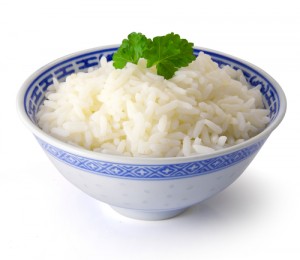 For the past 20 years the Food and Drug Administration has been monitoring arsenic in rice to try to protect consumers from food poisoning. Arsenic is a naturally occurring contaminant that shows up in soil and water, so it does appear in food.
For the past 20 years the Food and Drug Administration has been monitoring arsenic in rice to try to protect consumers from food poisoning. Arsenic is a naturally occurring contaminant that shows up in soil and water, so it does appear in food.
Arsenic is a chemical element distributed in the Earth’s crust. Fuel burning, mining and the use of arsenic compounds in pesticides have also added arsenic to the environment. But the FDA says that even if you stripped all human contributions, there would still be arsenic in food.
And rice is particularly vulnerable since it is grown in water and takes in arsenic, so there are higher levels in rice than in other foods. The FDA has been monitoring arsenic levels in foods for many years, but through advances in testing, the FDA can now get more detailed information.
To learn whether levels of arsenic in rice and rice products pose a risk to public health that could lead to food poisoning, the FDA has collected more than 1,300 samples of rice and rice products and has tested them for both total arsenic and inorganic arsenic, which is the more toxic form. FDA scientists have determined that the levels of inorganic arsenic found in the samples are too low to cause immediate health damage.
The next steps are to look at exposure levels, to analyze the risk, and determine how to minimize that risk of arsenic in rice related food poisoning for the overall safety of consumers, especially vulnerable groups like children and pregnant women.
We want to help protect your family from the risks of food poisoning. If you or a loved one were a victim of a food poisoning due to a negligent company, you deserve compensation for your physical and emotional pain. Contact the Dallas food poisoning lawyers at the Law Offices of W.T. Johnson today, and set-up your free, no-obligation consultation.





